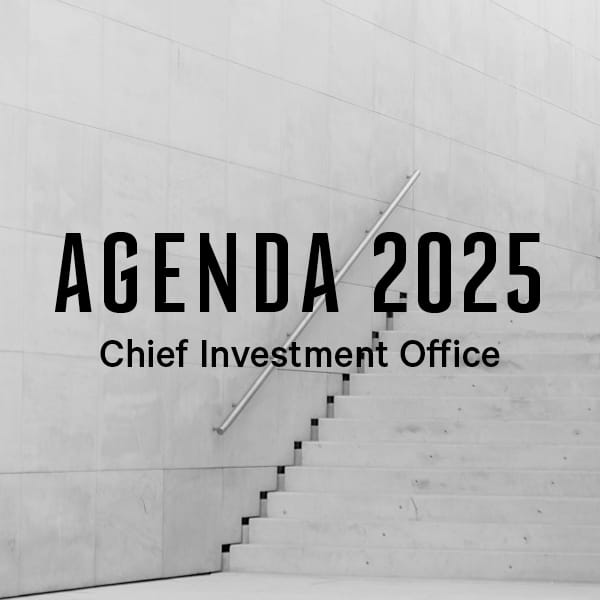-
Overview
Five-year break-evens have recently pushed out to their highest levels since 2005. Investors are keen to protect themselves against the future inflation. Breakeven inflation (measured by the difference between nominal and real bond yields) has risen at the 2, 5 and 10 year part of the yield curve. This is occurring even as investors ramp up their expectations that the Federal Reserve will hike sooner and faster in order to lean against the risk that the pace of consumer price gains will be “persistent”.
Chart 10: Market based inflation expectations rising (%)

Source: Bloomberg
Chinese dollar high yield bond yields have recovered somewhat from their highs as Chinese policymakers have argued they “can contain the Evergrande risk,” in part by easing policy in the real estate sector. Also giving the market a boost was a report that China Evergrande will pay $83.5 million of bond interest which had been due on Sept. 23.
Financial markets have mostly looked past earlier fears of a Lehman-style crisis as defaults among some of the most-indebted developers have so far failed to induce unmanageable systemic risk. Meanwhile, valuations in Chinese high yield are among the cheapest globally.
Chart 11: China high yield bonds looking cheap (%)

Source: Bloomberg
While it can be unsettling to see market-based inflation expectations rise so quickly, the move shouldn’t in itself be a sign of a looming rate hike cycle. Admittedly the level of inflation expectations are higher today but the move up in 2009 was more dramatic. Breakeven inflation then hovered around elevated levels for six years before the Fed began to raise rates in December 2015.
Chart 12: Higher inflation expectations don’t necessarily mean immediate rate hikes

Source: Bloomberg







